by Intissare Aamri // Nov. 17, 2020
Berlin, faced with pandemic restrictions and the discontinuity of social life, is experiencing a tumultuous year. Public artistic activities have largely come to a standstill, with the result that digital practices are being foregrounded. Bahar Kaygusuz and Eva Vuillemin have reacted to this crisis, finding poetic ways to creatively reconsider this newfound isolation as the subject matter for their recent collaborative work.
‘Corona Chronicles’ is an evolving photographic dialogue and artistic collaboration between the two artists and friends, which began during the first lockdown. It’s an attempt to exchange intimacy and discourse through the power of images. This periodic correspondence helped the two to feel close despite the relative distance; Vuillemin lives in Prenzlauer Berg and Kaygusuz in Kreuzberg.
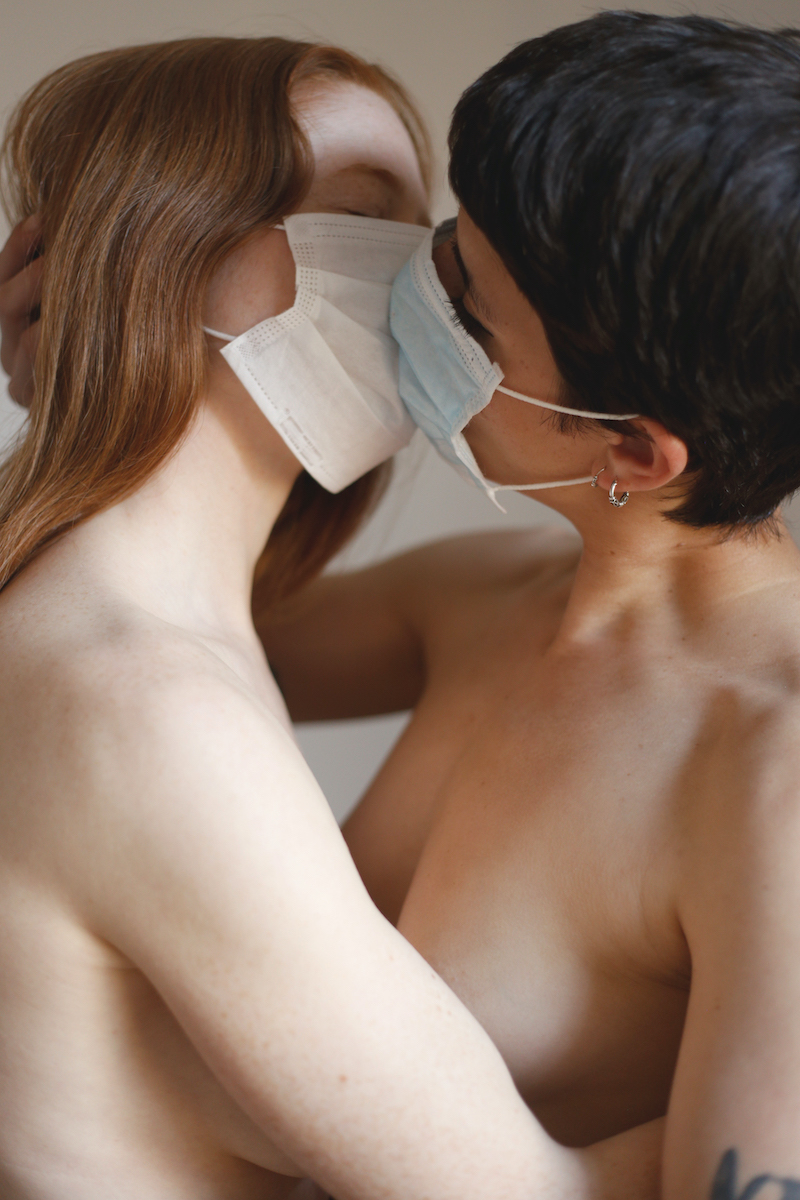
Bahar Kaygusuz & Eva Vuillemin: ‘Corona Chronicles’ at Eight Rooms Gallery, 2020, Berlin // Courtesy of the artists
Eva Vuillemin is a multidisciplinary artist, born in Zurich and based in Berlin since 2008. She studied fine art at UdK and has exhibited her works in various art spaces across Germany: KW Institute for Contemporary Art, Museum für Fotografie and Alexander Levy Galerie. Vuillemin explores the body as both subject and setting, her imaginative approach based on the investigation of physical and emotional endurance, confronting fear and exposing vulnerability, in an attempt to transcend boundaries and familiarities. She is earnestly invested in experimenting across all mediums—from photography, installation and performance to video—while seeking new forms of expression. Her photographic process occurs in the darkroom, where she dissects and reassembles motifs through multiple exposures of color negatives and lights sources.
Bahar Kaygusuz was born and raised in Berlin, she studied photography at Ostkreuzschule für Fotografie. Her work has been published by magazines like I-D and Das Wetter and she is part of the collective ‘Human After All’. Bahar, through her lens, creates incredibly powerful portraits. She trusts her eye, which is her primary tool in capturing Berlin’s subjects, from migrants, friends, artists and local vagrants, to the building complex at Böcklerpark. She believes in documenting her narrow circles in order to archive and record their metamorphoses and admits that photography is, for her, the artistic means of drawing people’s features. Bahar is currently working on a new book about the Dersim region and her roots. We spoke to Kaygusuz and Vuillemin about their series ‘Corona Chronicles’ and the impact it had on their relationship.
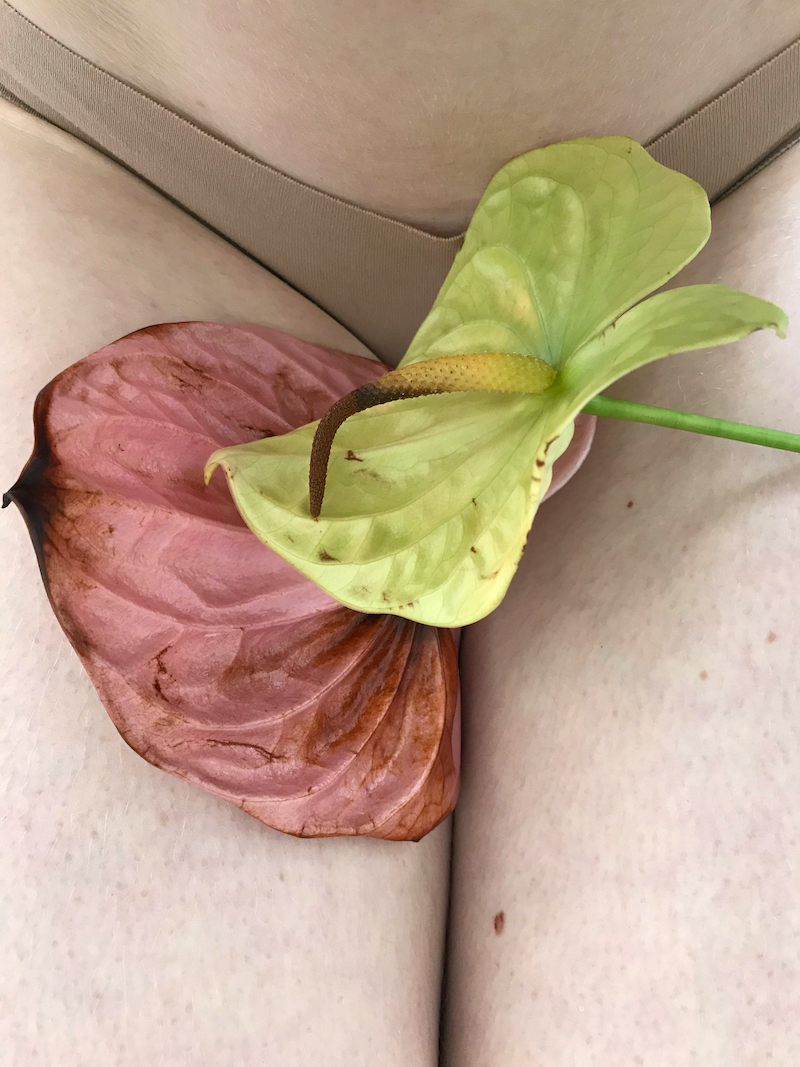
Bahar Kaygusuz & Eva Vuillemin: ‘Corona Chronicles” at Eight Rooms Gallery, 2020, Berlin // Courtesy of the artists
Intissare Aamri: Two years ago your first encounter took place on the fabled Berghain dance floor. From that night a fervid and intimate long-lasting relationship began. Throughout this year’s pandemic restrictions and aftermath, you started to sense the impact of distance on your friendship. How did the tool of digital correspondence come into play?
Bahar Kaygusuz & Eva Vuillemin: With the first lockdown in March, we were obliged to separate and were unable to see each other for several weeks. It felt like a long-distance relationship, although we’re living in the same city. We were looking for ways to keep in touch and also capture this surreal time, the deceleration of the daily routine and how this influenced the perception of space and the environment we are living in. We always wanted to develop an artistic work together, as we both work with analogue photography. Jonas Feige invited us to join his website stayhome.photography, which showcases photographic conversations between self-isolated photographers in times of COVID-19; this fortunate set of circumstances allowed us to capture private moments in the interim of our individual routine, which trigged a chain reaction of images. These days, everything is increasing in speed, digital platforms are perpetually evolving and this tool, to some degree, gives us a sense of connection and takes away the state of loneliness and anxiety.
IA: The image of you kissing through white surgical masks is analogous to the famous propaganda image during the Spanish flu in 1918, which today reflects on history and moments of forbidden closeness. How is intimacy reflected in your work?
BA & EV: The previous photographs have been captured in solitude, in our own homes and surroundings, while this photograph was shot together, after the first lockdown, when the numbers of infections diminished and we were finally able to meet again after periods of seclusion. In that particular moment, we were binding and were sharing insights, felt connected and protected. We played with sensuality and intimacy, the double-self-portrait kiss symbolizes the paradox and the inner conflict of keeping a distance from a close friend. It depicts the taboo of touching caused by the virus and the essential importance of being touched, touch as a biochemical glue. We took this photograph intuitively. The Spanish flu image was an unconscious inspiration, yet we were also interested in how global crises are recurrent in history and how society deals with these states of emergency.
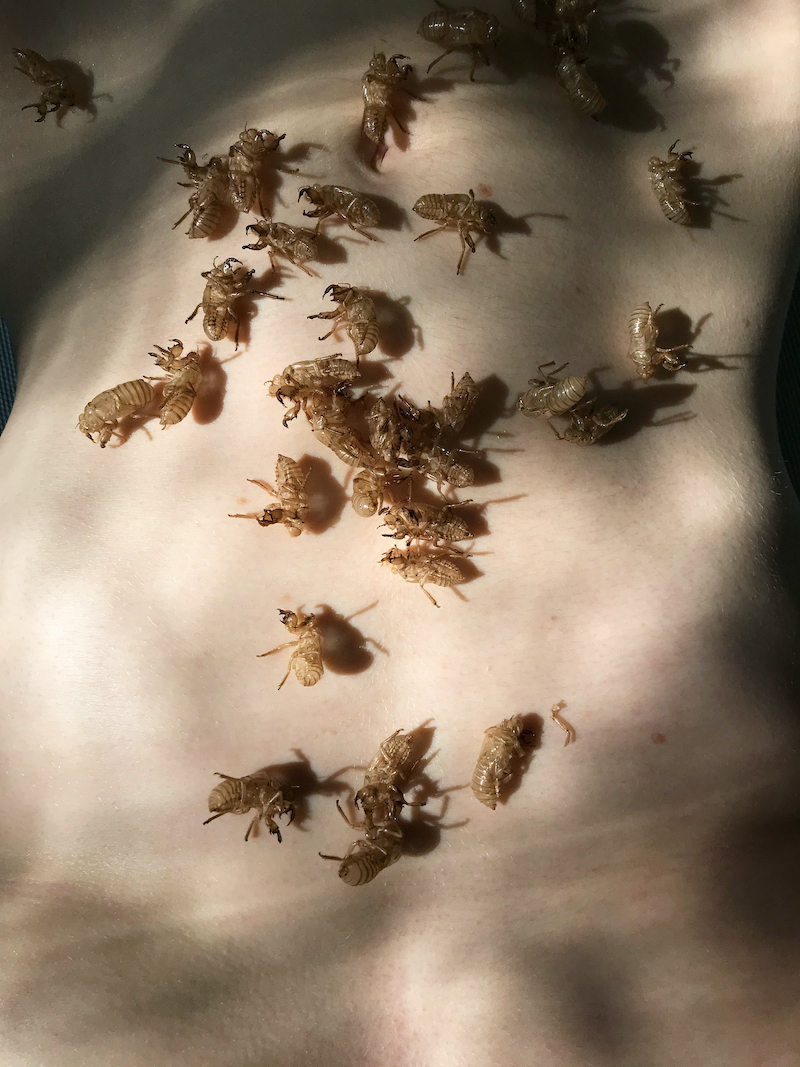
Bahar Kaygusuz & Eva Vuillemin: ‘Corona Chronicles’ at Eight Rooms Gallery, 2020, Berlin // Courtesy of the artists
IA: The photographic dialogue ‘Corona Chronicles’ unfolds during the lockdown, showing your view outside and conjointly your individual inner feelings narrated through the self-portraits. What were the elements that inspired you and what does this second wave of the pandemic mean for your artistic collaboration?
BA & EV: Daily life. Due to the lockdown, we started to see more clearly and we were able to pay attention to details and senses that are commonly underestimated, like light, smell, taste, the small things in life that are meaningful in our existence. We made arrangements of objects we have been collecting at home or were surrounded by. For example, the larval skins of cicadas that Eva found in Italy are arrayed on her rested abdomen; an anthurium flower is leaning in between her thighs; she screwed useless keys into an apple, which symbolizes access to a secure space but, at the same time, in this space, feelings of solitude can emerge. Bahar captured her view of Kottbusser Tor station, nocturnal skylines and bare self-portraits. We felt relieved and freer when the first lockdown ceased, therefore this second wave feels harder despite living in a developed country like Germany: the state of emergency has turned into normality and we have to deal with it. We see the series as a work-in-progress and an opportunity to continue the photographic dialogue during the second wave of the pandemic.
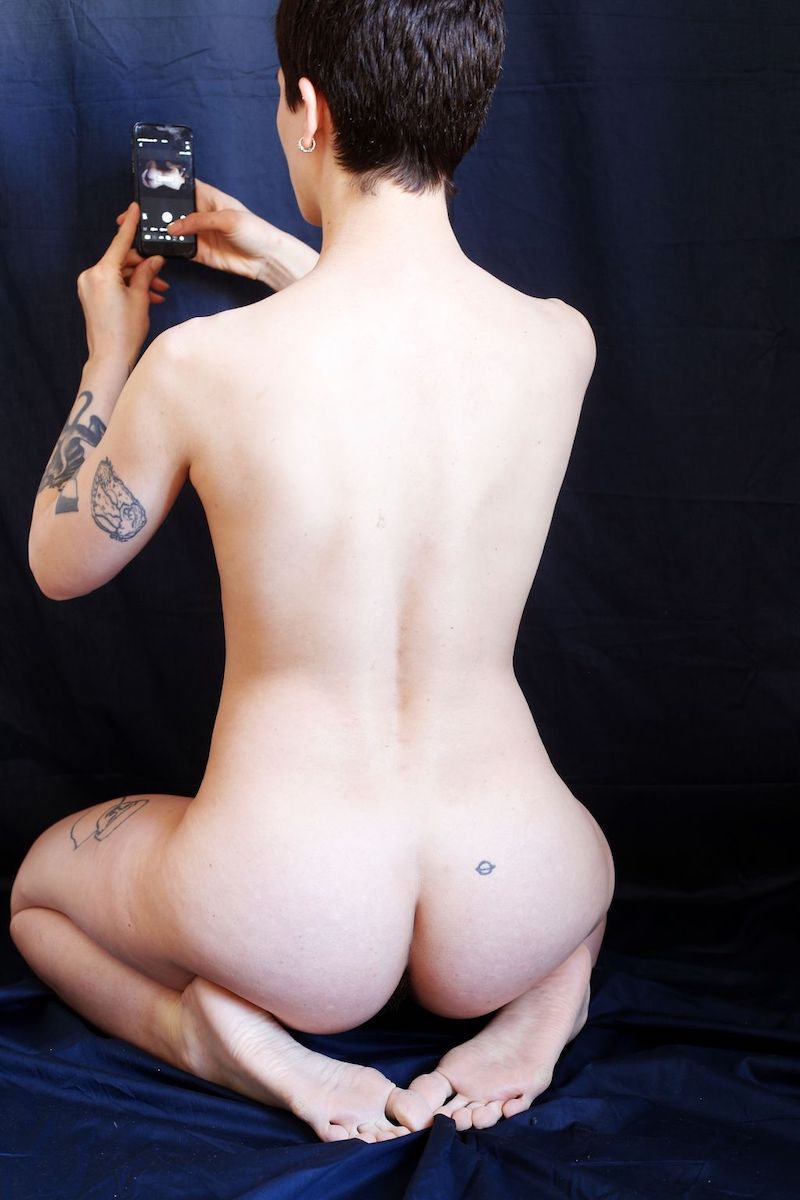
Bahar Kaygusuz & Eva Vuillemin: ‘Corona Chronicles’ at Eight Rooms Gallery, 2020, Berlin // Courtesy of the artists
IA: ‘Corona Chronicles’ was previously shared on stayathome.photography and is currently exhibited at Eight Rooms Gallery until the end of November. How did the decision to share a personal photo series in an online platform and, subsequently, in an art space come about?
BA & EV: Since our first encounter, we were interested in collaborating on an artistic project. We wanted to produce a type of work that depicts us and shows the inwardness of our peculiar relationship. It was a natural process to showcase ‘Corona Chronicles’ in a digital space like stayhome.photography, when every art gallery and institutions was shut down due to the restrictions. It helped us in giving a sense to this odyssey. The ongoing installation at Eight Rooms Gallery started just prior to the second restrictions and we were given the physical space to see guests be inspired by the series, to witness the viewer’s reaction and to receive people’s impressions. This second wave encourages us to keep the collaboration going and to see in which paths it will develop.
Artist Info
evavuillemin.net
instagram.com/baharkygsz
Exhibition Info
EIGHT ROOMS GALLERY
Bahar Kaygusuz & Eva Vuillemin: ‘Corona Chronicles’
Exhibition: Oct. 31–Nov. 30, 2020
Köpenicker Straße 55, 10179 Berlin, click here for map
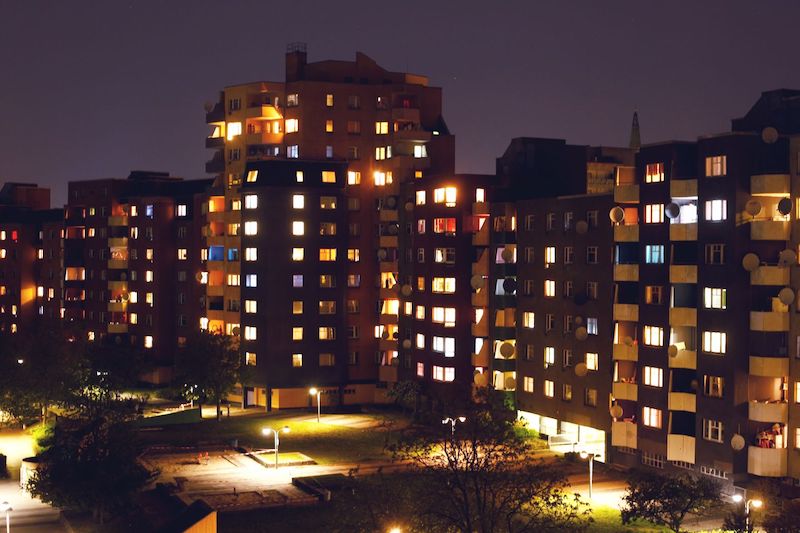
Bahar Kaygusuz & Eva Vuillemin: ‘Corona Chronicles’ at Eight Rooms Gallery, 2020, Berlin // Courtesy of the artists
























